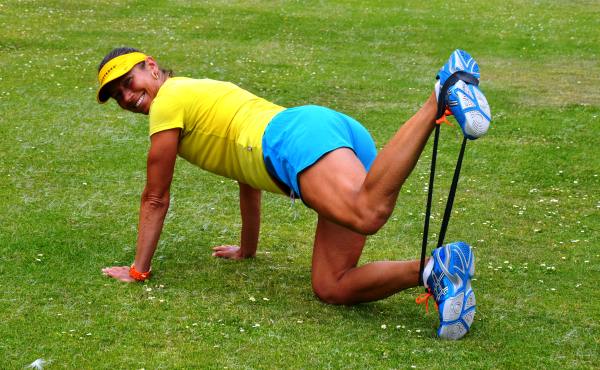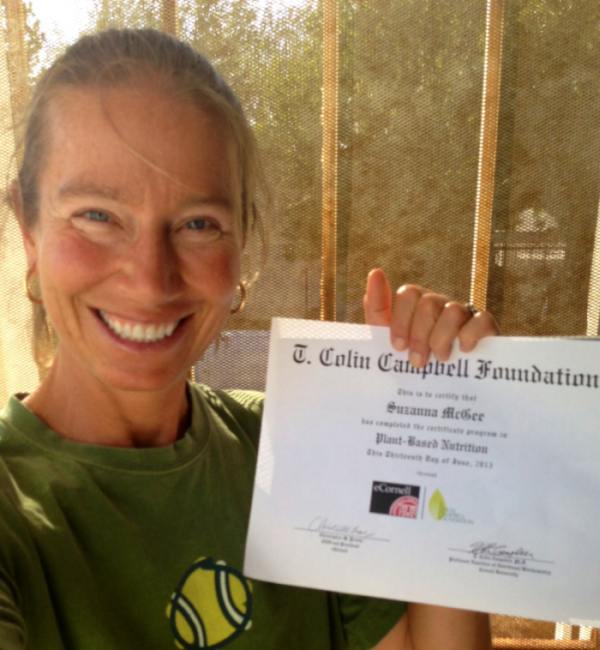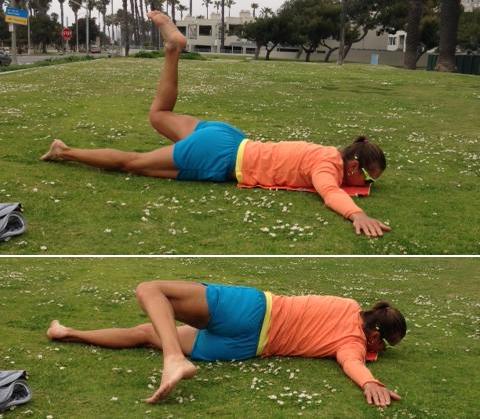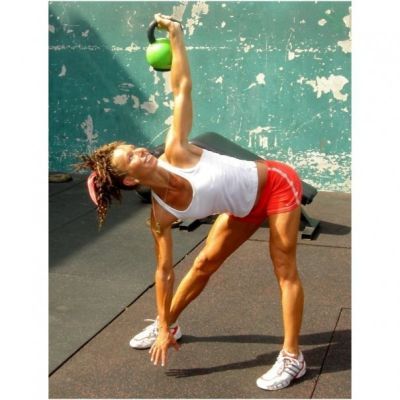Glute kickbacks are a great exercise for the gluteus, aka booty or butt. The gluteus is maybe one of the most underestimated muscles in the athlete’s body, yet also one of the most important ones. It is one of the biggest muscles, consisting of gluteus maximus, medius and minims.
The function of the gluteus is a hip extension, hyperextension, abduction and external rotation, and it assists with sprinting, jumping, twisting and changing directions. During the directional changes, the glutes are assisting in abduction and external rotation of the hip. If one or both of your glutes get dysfunctional, other muscle groups will have to compensate. Often, the IT band takes a lot of the extra stress and becomes overused and tight with subsequent knee problems.
The hip hyperextends naturally in walking, running, sprinting and lunging, and also during hip flexor stretches. Long and functional hip flexors are absolutely crucial for gluteus to work most efficiently, because tight hip flexors prohibit the hips from hyperextending.
Glute exercises with straight legs also activate hamstrings. To maximize the glute involvement, perform exercises with the legs bent, which keeps the hamstrings in a shortened state and stops them from assisting the gluteus.
Squats and lunges are great exercises for the entire lower body, including the glutes, but they don’t work them maximally. They share the workload with the hamstrings, quadriceps and calves. To fully activate your glutes, perform more concentrated exercises such as glute kickbacks as described below or other glute strengthening exercises.
Before executing any glute exercises, always stretch the hip-flexors with this dynamic Scorpion exercise. Shortened hip-flexors don’t allow for maximum range of motion and the hyperextension of your hips. Do 2 sets of stretches before you start doing the glute exercises.
The nature of tennis, where you work one side of your body more than the other—unless you are perfectly ambidextrous—causes an overuse of your dominant side. In addition to your training on the tennis court, you need to persistently work on your tennis fitness and pay attention to the differences in your body.
Glute kickbacks
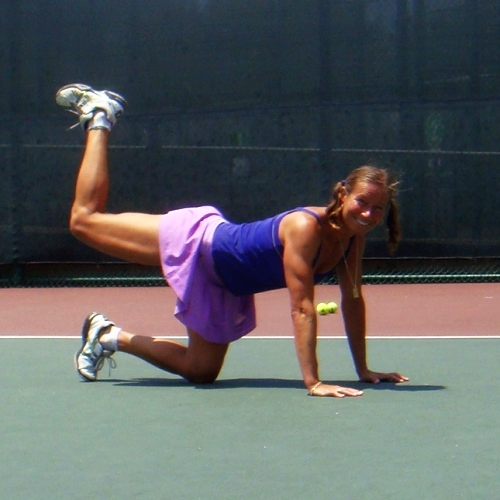
Get down on your knees and hands and keep your lower back in a neutral or slightly arched position. Lift your right knee off the ground, and initiating the movement in your hip, bring the right knee and foot towards the sky. Contract your right glute at the top position for one second and slowly return to the starting position. Without placing the right knee on the ground, reverse the movement and repeat 15 to 20 times, then switch sides. Resist the temptation to lift and open the right hip in the attempt to reach higher up; keep your hips leveled at all times. Do 4 sets of glute kickbacks.
You can also add resistance to this exercise by hooking a rubber band around your foot, or if you are in the gym, you can pull on the cable machine, or kick in the special glute kickback machines (aka butt blasters).
Keeping your glutes strong, your movement on the tennis court will be more explosive and you will be faster, and as a result you will get to the ball sooner and hit with more power. As the strength of your glutes improves, your tennis game will as well.
Plus, it is always great to have lovely looking booty :-)

